South Korea may be heading for another surge in COVID-19 cases, according to expert projections, just about a month since vaccines began rolling out in the country.
The number of daily new cases is hovering near 500, the same range seen immediately before the start of the third wave. Government statistics posted 482 new cases on Sunday for the day prior, despite tests roughly halving compared with the weekday average.
Preventive medicine specialist Dr. Ki Mo-ran, who is advising the government committee on social distancing policy, said the recent case counts, test positivity rates and reproduction numbers were all “sounding alarm bells.”
She said cases were creeping up all across the country, even in remote regions that were mostly spared last year. Nearly 3 percent of all tests being performed each day returned positive results, which ideally should be lower. The R value -- which indicates the average number of people each person with COVID-19 goes on to infect -- was above 1, meaning an outbreak could grow exponentially.
Korea was “not testing enough nor vaccinating fast enough,” she said, arguing that the ban on social gatherings of five people or more would have to remain in place until the infection numbers dropped below 300.
Ahead of the weekend, the government said it was extending the midlevel restrictions in its five-tier social distancing system for another two weeks until April 11 at midnight.
“The good thing is that we’re not seeing as many elderly patients this time, so hopefully it won’t lead to a dramatic increase in hospitalizations,” Ki said.
Pandemic modelers say Korea’s infections could burgeon into a springtime spike based on their analysis of the latest trends.
The National Institute for Mathematical Sciences and the Korean Mathematical Society said in their weekly report Friday that in a worst-case scenario, the country could once again see winter peak figures of over 1,200 cases a day in just two weeks.
Even in a rosier estimate, the cases would likely remain within the 400-500 range, they said, straying further from COVID-19 targets laid out earlier this month.
President Moon Jae-in had said the government’s new eased COVID-19 guidelines would come into effect sometime in March as vaccinations kicked off, and Prime Minister Chung Sye-kyun had vowed that daily case counts would be brought down into the 200-something range before April.
As Korea battles a possible fourth wave in the making, uncertainties over COVID-19 vaccine supplies are adding to the woes of health authorities.
Following a local press report, the government told reporters Friday that Johnson & Johnson company Janssen might be shipping less than the promised amount in the coming months.
According to the government, the pharmaceutical company was to deliver its single-dose vaccine for more than 500,000 people between April and June. The government said it was “working with the company to speed up the shipment of the initial batch of the vaccine.”
Novavax, with which Korea has signed a deal for enough vaccines for some 20 million people, is also facing shortages in raw materials that are feared to disrupt its production.
In late February, Korea got its hands on 1.5 million doses of AstraZeneca’s vaccine and 117,000 doses of Pfizer’s. As of Saturday at midnight, 793,858 people had received at least a first dose.
The government said Sunday that one or two days of leave would be available for workers feeling unwell following vaccinations, as deemed necessary by their employers.
This is in response to complaints from some medical workers, who were the first to be vaccinated here, that they were unable to take leave despite suffering debilitating aftereffects.
According to a survey compiled by Dr. Ma Sang-hyuk of the Korean Vaccine Society last week, more than half of the 253 medical workers given the vaccine said they had experienced systemic reactions such as body aches and fevers of over 38 degrees Celsius. The average duration of such reactions was two to three days.
For the first three weeks of the mass vaccination campaign, at least 1,100 people had visited emergency medical services in metropolitan areas for post-jab sickness, according to the government.
The government recommends that newly vaccinated people refrain from visiting clinics or hospitals within 48 hours of getting the shot since side effects such as fever, chills and fatigue are considered normal. But for people taking the AstraZeneca vaccine, seeking medical help is strongly advised in the event of potential signs of a blood clot such as headaches, pain in the chest or stomach, swelling in a leg or bruising.
The government said 10,020 out of 733,562 people who had the AstraZeneca vaccine reported possible side effects, amounting to a reporting rate of 1.37 percent. Although the majority were classified as mild, 89 were suspected cases of severe allergy called anaphylaxis or anaphylaxis-like reactions. Seven involved neurological complications such as seizures. Three people required hospitalization in intensive care units. Twenty-one had fatal outcomes.
For the Pfizer vaccine, 289 out of 65,528 people who had it filed side effect reports. With the exception of 12 potential anaphylaxis or anaphylaxis-like reactions, the rest were mild. The reporting rate stands at 0.44 percent.
Investigations as of last week confirmed that one case of seizure and one case of anaphylaxis, both in AstraZeneca recipients, were vaccine-related. If a connection is established, post-vaccination injuries can be compensated by the government.
By Kim Arin (
arin@heraldcorp.com)
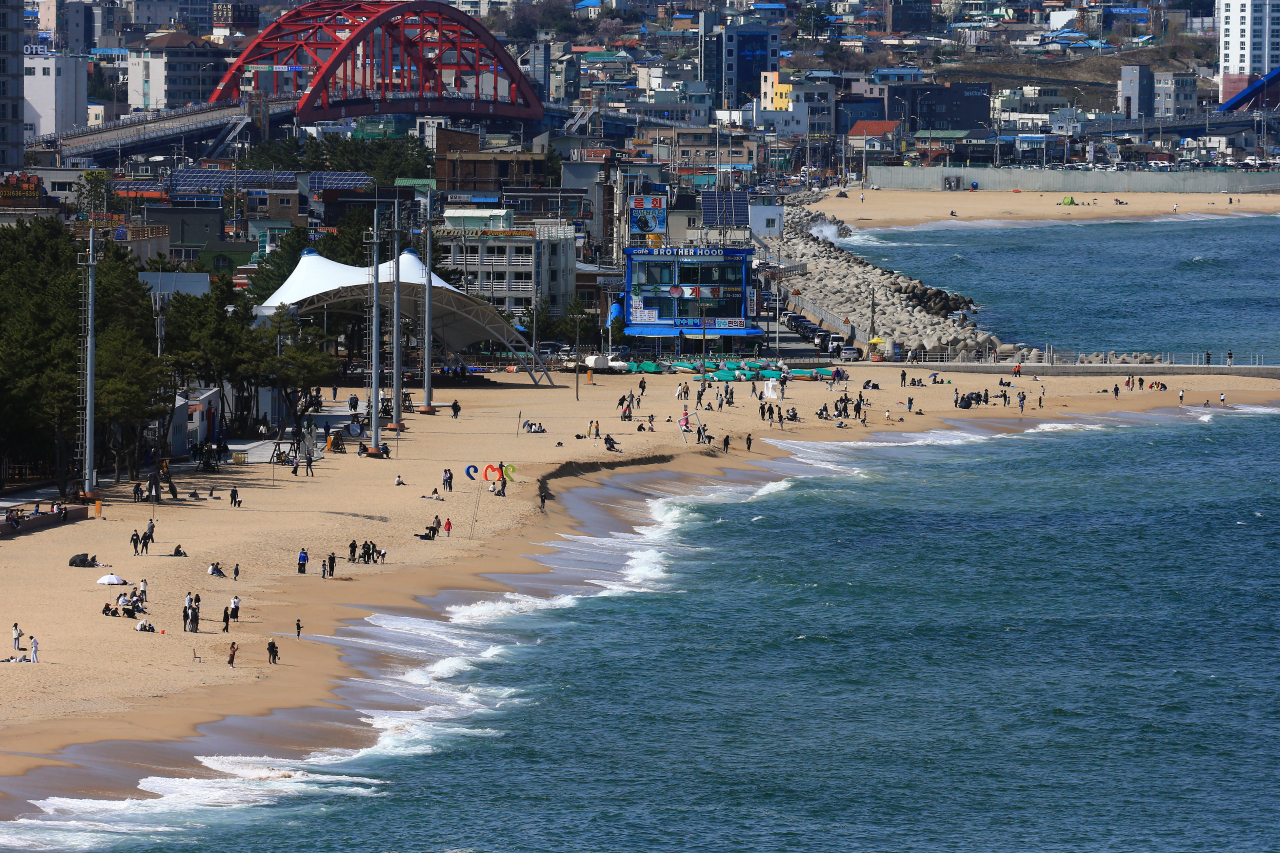

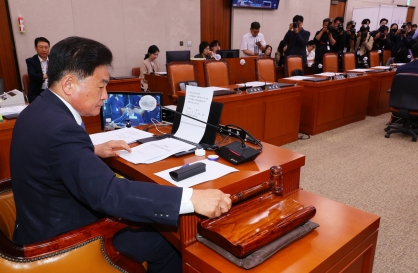
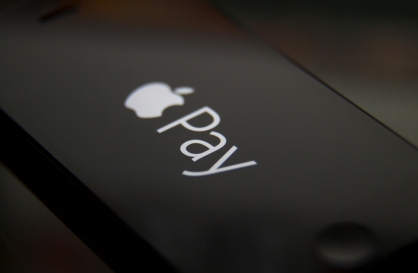
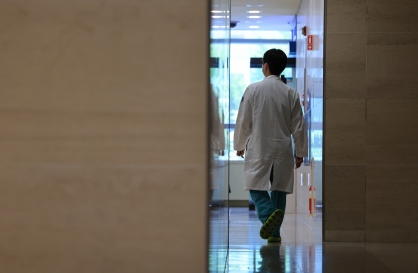
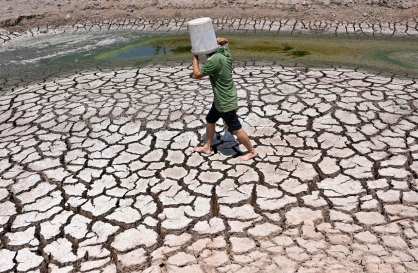
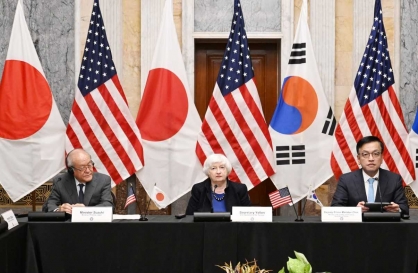
![[Today’s K-pop] BTS pop-up event to come to Seoul](http://res.heraldm.com/phpwas/restmb_idxmake.php?idx=644&simg=/content/image/2024/04/17/20240417050734_0.jpg)
![[Graphic News] More Koreans say they plan long-distance trips this year](http://res.heraldm.com/phpwas/restmb_idxmake.php?idx=644&simg=/content/image/2024/04/17/20240417050828_0.gif)